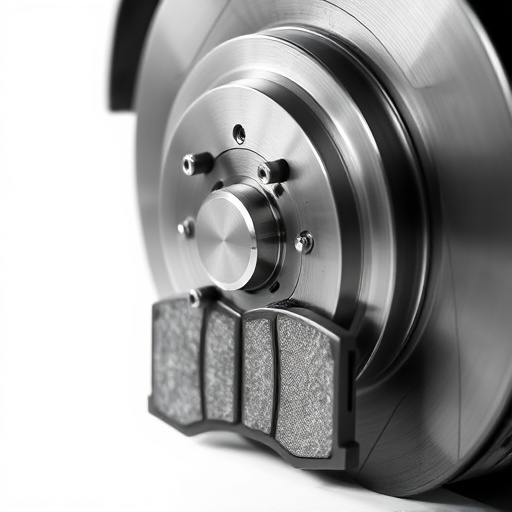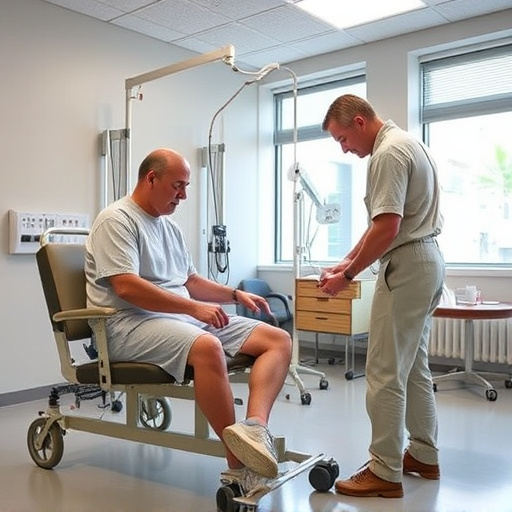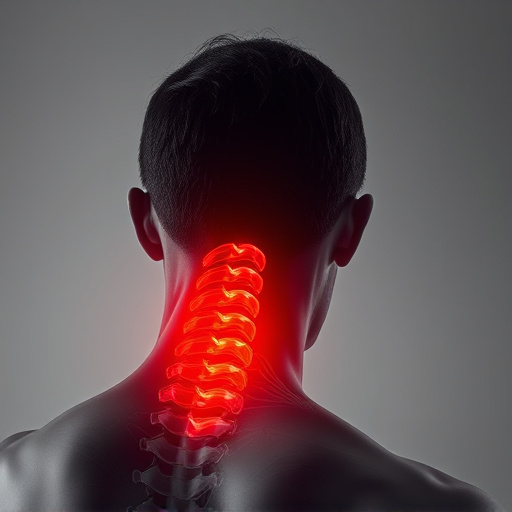Auto injury assessment relies on key documentation: medical records detailing treatment timelines, imaging reports visually demonstrating damage, and evidence of lost wages, expenses, and pain suffered. Comprehensive documentation ensures fairness, accuracy, and substantiates claims for compensation and long-term support.
In the complex landscape of auto injury assessment cases, understanding and producing adequate documentation is paramount. This comprehensive guide navigates the crucial elements required for a robust legal evaluation. We explore the significance of medical records and reports, emphasize gathering evidence for compensation claims, and provide insights into key documentation needs. By understanding these aspects, individuals involved in such cases can ensure a fair and efficient auto injury assessment process.
- Understanding Key Documentation Requirements
- Medical Records and Reports Essentiality
- Gathering Evidence for Compensation Claims
Understanding Key Documentation Requirements
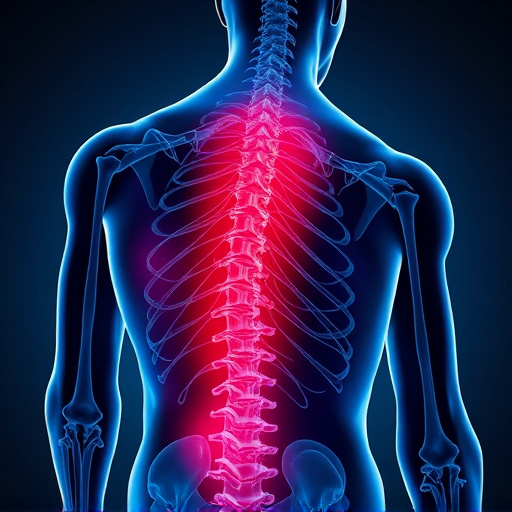
In the context of auto injury assessment cases, understanding the key documentation requirements is paramount for a successful legal process. When it comes to documenting auto injuries, medical records, including detailed reports from treating physicians, play a pivotal role. These records not only outline the extent of injuries but also provide a timeline of treatments received, which is crucial for any legal case involving automobile accidents. Additionally, imaging reports such as X-rays, MRIs, and CT scans are essential to illustrate physical damage, especially in cases of soft tissue injuries or more severe spinal adjustments.
Beyond medical documentation, evidence of lost wages, medical expenses, and pain and suffering are critical components that can significantly impact the outcome of a legal case. Statements from employers regarding time off work, as well as receipts for medical treatments including procedures like shockwave therapy, further strengthen the plaintiff’s claim. Each piece of documentation contributes to building a comprehensive case, ensuring fairness and accuracy in auto injury assessment processes.
Medical Records and Reports Essentiality
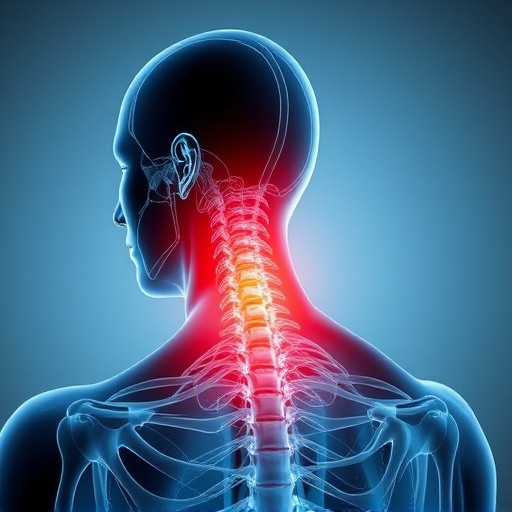
Medical records and reports play a pivotal role in auto injury assessment cases. These documents provide a comprehensive view of the injured party’s health status before, during, and after the incident. For instance, pre-existing conditions, prior injuries, or ongoing medical treatments are crucial details that can significantly impact the assessment and settlement process. Insurance adjusters and legal professionals rely on these records to understand the extent of the claimant’s injuries and to distinguish between new and pre-existing pain or symptoms.
Accurate documentation is essential for ensuring fair post-injury care and facilitating efficient muscle recovery. Medical reports, including diagnostic tests, imaging scans, and physician evaluations, offer tangible evidence of the harm caused by the auto accident. This evidence helps establish a direct causal link between the injury and the incident, which is vital for successful legal claims seeking back pain relief and comprehensive compensation for all associated medical expenses.
Gathering Evidence for Compensation Claims
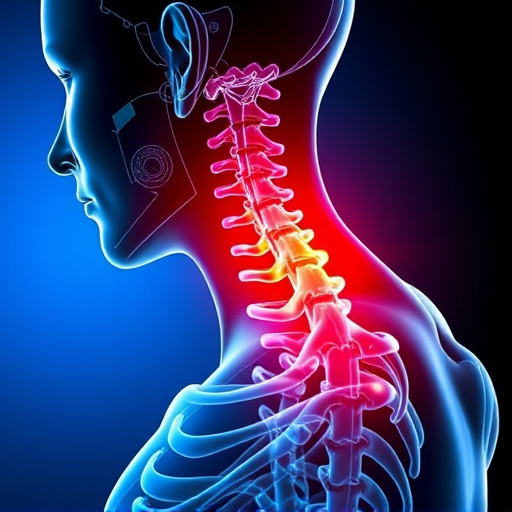
When it comes to auto injury assessment cases, gathering evidence is a meticulous process that forms the backbone of compensation claims. This involves meticulously documenting every detail related to the incident and the subsequent impact on the claimant’s health and well-being. Essential components include medical records, as these provide concrete evidence of injuries and their severity. X-rays, MRI scans, and other diagnostic imaging are crucial for supporting physical therapy and pain management treatments.
Additionally, detailed accounts from healthcare professionals, including therapists and doctors, offer insights into the extent of injuries, recommended treatments, and expected recovery periods. These records not only help in justifying compensation claims but also play a significant role in managing chronic pain, ensuring claimants receive adequate support for their long-term well-being.
When navigating an auto injury assessment case, proper documentation is key. By understanding the essential requirements, gathering medical records and reports, and collecting relevant evidence, individuals can ensure a robust claim. These steps are vital for a successful legal process, facilitating fair compensation for auto injury victims. Remember, comprehensive documentation forms the backbone of any compelling auto injury assessment.






